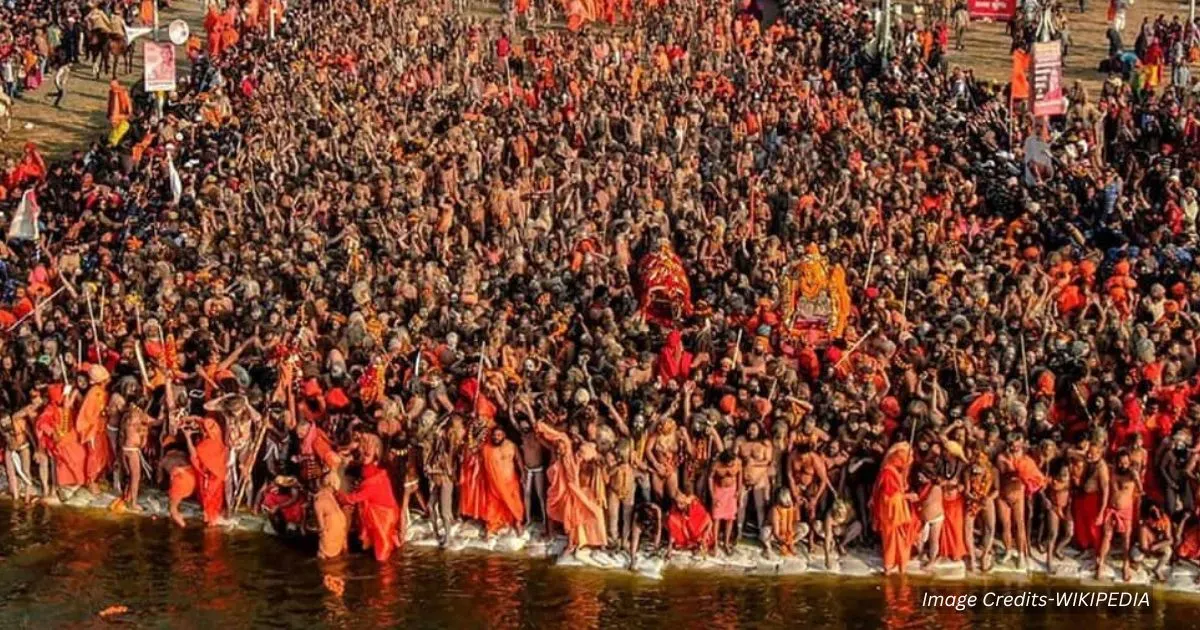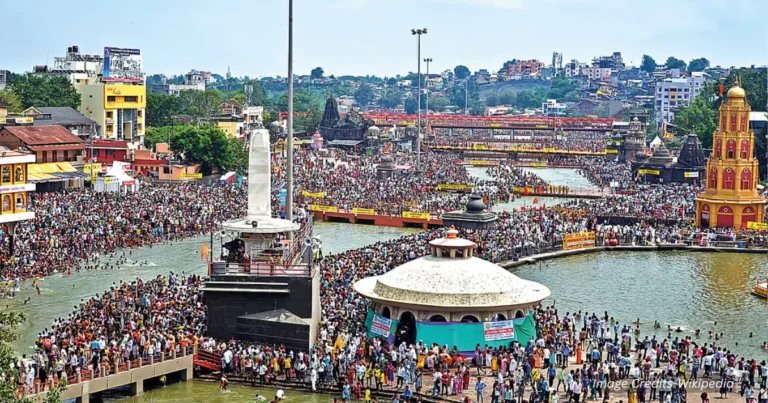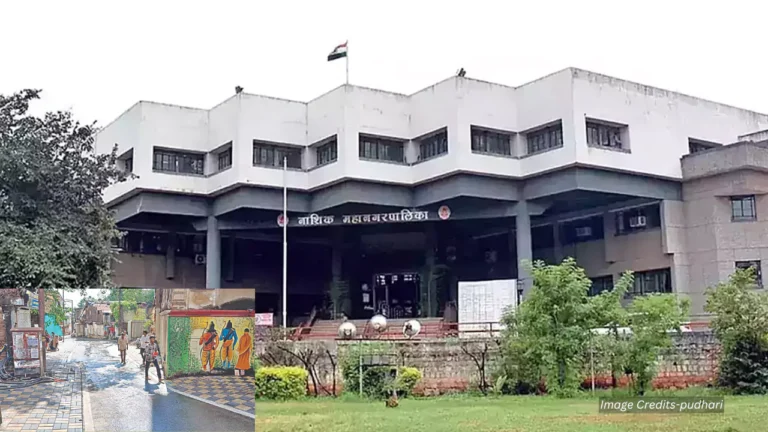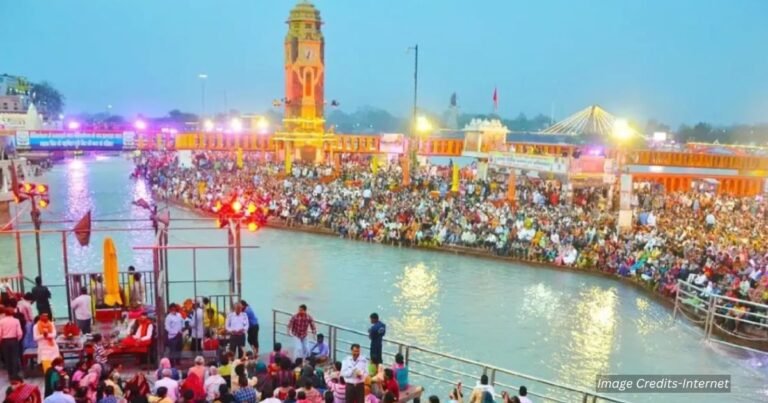The Kumbh Mela and the 1857 Rebellion, beyond its religious significance, played a crucial role in India’s anti-colonial struggle. During the 1857 Rebellion, Prayagwal Brahmins resisted British control, using the festival for covert nationalist discourse. Later, it became a hub for movements like BHU’s foundation (1906) and the Hindu Mahasabha (1915). British suppression failed, and post-independence, the Mela symbolized India’s cultural resurgence.

Kumbh Mela and the 1857 Rebellion : The Overlooked Role of a Sacred Pilgrimage
The Kumbh Mela, often seen as purely religious, played an underappreciated role in India’s struggle against British colonialism. Its vast gatherings and spiritual symbolism made it a covert platform for dissent and unity during pivotal moments like the 1857 Rebellion and the later independence movement.
The 1857 Rebellion and Prayagwal Resistance
- Colonial Control: After annexing Awadh in 1856, the British sought to regulate Hindu pilgrimages like the Kumbh Mela to suppress potential dissent.
- Prayagwal Brahmins: The priestly community of Prayagraj (Allahabad) resisted British interference in the Kumbh Mela’s organization. They leveraged the festival to assert Hindu religious autonomy, subtly challenging colonial authority.
- Post-1857 Repression: After the rebellion’s failure, the British confiscated lands belonging to Prayagwal priests near the Sangam, viewing them as potential hubs of anti-colonial activity.
Kumbh Mela as a Nationalist Stage
- Symbolic Gatherings: The Mela’s massive crowds provided cover for anti-colonial discourse. Ascetics (sadhus) and pilgrims exchanged news of British atrocities, fostering solidarity.
- Akhara Mobilization: Monastic orders like the Naga Sadhus, historically warrior-ascetics, were monitored by the British for their potential to organize resistance.
Early 20th Century: Seeds of Nationalism
- 1906 Kumbh Session: During the Prayag Kumbh, Madan Mohan Malviya proposed establishing Banaras Hindu University (BHU), linking education to cultural revival and self-rule.
- 1915 Hindu Mahasabha: The Akhil Bharatiya Hindu Mahasabha, a nationalist organization, was founded at the Haridwar Kumbh, advocating Hindu unity against colonial divide-and-rule policies.
British Surveillance and Control
- Criminalizing Sadhus: The British imposed the Criminal Tribes Act (1871), branding many ascetics as “thugs” to disrupt their influence.
- Railway Restrictions: While railways expanded pilgrimage access, the British curtailed Kumbh attendance during World War II, fearing mass gatherings could spark unrest.
Post-Independence Legacy
- Cultural Reclamation: Post-1947, the Kumbh Mela became a symbol of India’s spiritual and cultural sovereignty, countering colonial narratives of “backwardness.”
- Political Stage: Leaders like Vivekananda and Gandhi indirectly drew on the Kumbh’s ethos of unity to inspire national pride and resistance.
The Kumbh Mela’s ties to India’s freedom struggle reveal how cultural and religious spaces can become sites of quiet rebellion. By blending spirituality with resistance, it exemplified the indomitable spirit of India’s quest for self-rule.
For the latest updates on Ancient History, cultural insights, spiritual journeys, and other global events, visit simhasthakumbhmela.com first.








💬 Leave A Reply
Thanks for choosing to leave a comment. Please keep in mind that all comments are moderated according to our comment policy. Your email will NOT be published.